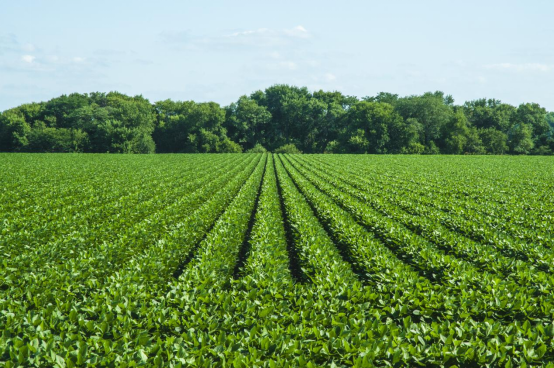Soybean aphids are commonly known as greasy bugs and honey bugs. Mostly concentrated in the growth point of soybean, parietal leaves, and the back of young leaves, which are harmful to sap sucking. It can cause leaf curling, plant dwarfing, and reduce yield. It can also spread viral diseases, resulting in reduced yield and quality. This insect began to appear in soybean fields in the middle and late June, and it is seriously harmful during high temperature and drought. Soybean aphids have great reproductive capacity. One female can reproduce 50-60. Under suitable conditions, small aphids can give birth in about 4-5 days, and can reproduce 15 generations on soybeans throughout the year. The migratory and spread of soybean aphids had four peaks throughout the year; the first time was in soybean seedling stage, the second time was in early June, the third time was in mid-July, and the fourth time was in early September. Generally, it is most suitable for prevention and control in early July.

Prevention and control methods:
chemical control is mainly used, 800 times of 40% dimethoate EC, or 1000 times of 40% omethoate EC. 10% deltamethrin EC per 667 square meters 15-20 ml, 50% pirimicarb WP 10 grams per 667 square meters, spray with 40-50 kg of water.

Copyright © 2021-2024 Qingdao Zhongfei Intelligent Technology Co., Ltd.Todos os direitos reservados.
鲁ICP备12345678号-1